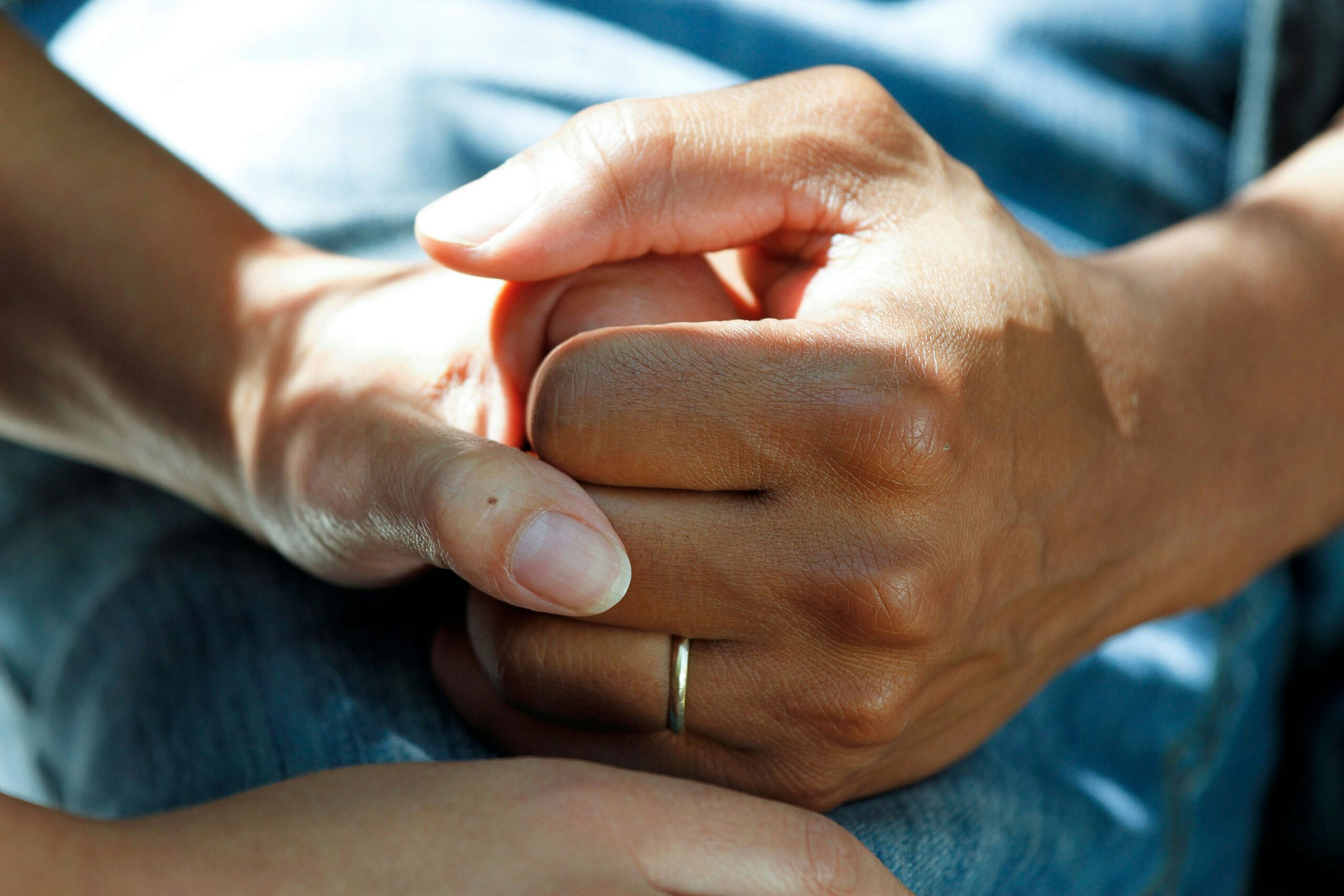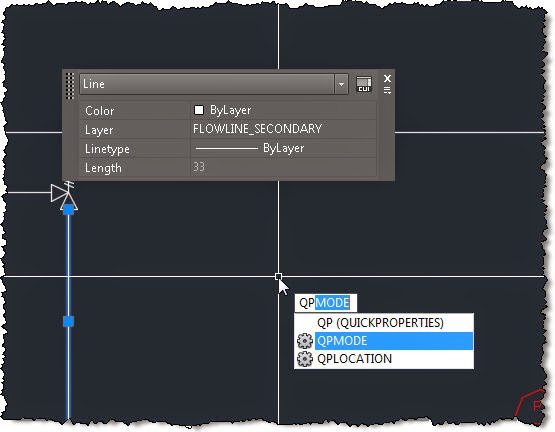ELEGOO Mercury Plus V3.0 Wash and Cure Station, 7.5 L Large Capacity, Compatible with Mars Saturn Photon Halot MSLA LCD DLP 3D Printers
$149.98 (as of June 19, 2025 23:45 GMT +00:00 - More infoProduct prices and availability are accurate as of the date/time indicated and are subject to change. Any price and availability information displayed on [relevant Amazon Site(s), as applicable] at the time of purchase will apply to the purchase of this product.)Embarking on the journey of 3D printing can be as thrilling as it is complex, but fear not, for the transformation of a model file to a 3D print is within your reach with Ricky Impey’s comprehensive guide to using Cura, the preferred slicer software for many enthusiasts. Imagine having the power to translate any STL model into the language of your printer – this is where Cura 4.12.1 steps in, a fascinating wizardry that interprets and reshapes your digital designs into tangible creations.
Your adventure starts with acquiring the know-how to navigate Cura’s interface, from downloading the software to configuring it for your specific 3D printer, such as the popular Creality Ender 3 V2. As your guide, Ricky Impey will walk you through each essential detail, ensuring that the settings from quality to infill, from supports to bed adhesion, are no longer mysteries but tools at your disposal. You’ll learn to import, scale, and slice your model files with confidence, ultimately mastering the alchemy that turns a simple concept into a physical masterpiece.
Understanding 3D Printing Lingo
Explanation of STL file
The STL file format is like a blueprint for your 3D prints. It stands for Stereolithography and represents the surface geometry of a three-dimensional object. These files don’t contain any color or material data, just the shape of the object you want to create.
Understanding G-Code
Think of G-code as the language your 3D printer speaks fluently. It’s a list of instructions telling your printer’s motors where to move, how fast to move, and the path to follow. Plus, it also dictates how much filament to extrude at any given point.
What is a slicer?
A slicer is essentially your 3D printing project planner. You use it to transform your STL file into the G-code that your printer understands. It slices the model into individual layers and determines how each will be constructed by your printer.
What does 3MF mean?
3MF is a file format designed specifically for additive manufacturing, i.e., 3D printing. It can store more information than STL files, including data about materials, colors, and textures. Think of it as the more advanced cousin to the STL.
Definition of model in 3D printing context
In the world of 3D printing, a model refers to the digital 3D design that you plan to print. It can come in different file formats but the most popular are STL and 3MF. Consider it the starting point of your printing adventure.
Choosing the Right Slicer Software
Importance of Slicer Software Compatibility
It’s crucial that your slicer software gets along with your 3D printer, like two peas in a pod. Compatibility means smoother printing processes and better results, so always check that your software supports your specific printer model.
Introduction to Cura
Cura is the friendly software assistant you didn’t know you needed. Owned by Ultimaker, it’s widely loved for being free and compatible with many printer models. It’s an excellent starting point for beginners and a trusted tool for seasoned users.
Alternative Slicer Software for Different Printers
While Cura is fantastic, it’s not the only fish in the sea. If you own a Prusa printer, for instance, you might want to try their proprietary slicer. Always explore your options and find the slicer that fits your printer’s needs and your preferences like a glove.

This image is property of i.ytimg.com.
Downloading and Setting up Cura
Steps for downloading Cura
To get Cura, just search online for it and head to the Ultimaker website. You’ll find the latest version ready for the taking. Just click ‘download,’ and follow the on-screen instructions to bring it home.
How to setup Cura for specific printer models
Once downloaded, launch Cura and introduce it to your printer by selecting the right model from its database. If you can’t find your model, don’t panic—there might be a profile that’s close enough, especially for popular models like the Creality Ender 3.
Accepting user agreement
Just like any relationship, there’s some paperwork involved. Read through Cura’s user agreement, nod along, and accept it to move forward.
Adding your 3D printer model to Cura software
Inside Cura, navigate to the printer selection and add your beloved 3D printer model. This crucial step ensures that Cura and your printer will work harmoniously together.
Understanding Cura’s Interface
Navigating through Cura’s interface
Cura’s interface may seem daunting at first, but it’s really quite user-friendly. Spend some time clicking around to familiarize yourself with where everything is—especially the sections regarding printer settings, model manipulation, and print preview.
Selecting printer profile and adjusting settings
Within Cura, you can select your printer profile—a digital model of your printer’s capabilities—and play around with the settings to dial in your desired print quality and speed.
Viewing bed and print volume
Cura’s layout allows you to visualize your printer’s bed and how much space you have to work with. This ensures that your 3D model will fit nicely within the printable area.

This image is property of images.unsplash.com.
Customizing Settings in Cura
Accessing default settings
Cura comes pre-loaded with settings tailored for a typical print job but accessing these default settings helps you understand the baseline from which you can start tweaking.
Customizing key settings: Quality, infill, material support, build plate adhesion
Quality settings dictate the resolution of your print; the infill affects strength and material usage; material support is vital for prints with overhangs; and build plate adhesion ensures your model sticks during printing. Customizing these can greatly enhance your print.
Preparing Your 3D Model
Choosing and downloading STL or 3MF files
You’ve got options. You can find STL or 3MF files online on platforms like Thingiverse or use the ones provided with your printer. Always ensure you’re picking a file format your slicer can understand.
Starting with simple objects
Ease into 3D printing by choosing simple objects to start with. They’ll provide a great learning curve without the added complexity of too many supports or intricate details.
Importing the model file into Cura
Once you’ve found your model file, bring it into Cura. This is where you’ll transform it from a digital concept to something you can touch and hold.
Adjusting model position, scale, rotation in Cura
Once your model is in Cura, you can move it around, scale it up or down, and rotate it to find the perfect orientation for printing. The goal is to minimize the need for supports and ensure the easiest printing process possible.

This image is property of images.unsplash.com.
Specify Printing Parameters
Specifying nozzle size and filament type
Tell Cura about the hardware you’re using. Whether you’ve got a standard nozzle or a special filament—Cura needs to know to tailor the G-code accordingly.
Adjusting layer height for quality
Layer height impacts print quality and time. Finding that sweet spot, generally between 25-75% of your nozzle size, will help you create prints that both look good and are structurally sound.
Setting up infill density and pattern
Infill density and pattern affect your print’s strength and weight. Adjust these settings in Cura based on how sturdy you need your model to be.
Adjusting temperature settings for hot end and bed
Different filaments play best at different temperatures. Tweak the settings for the hot end and the bed accordingly to ensure good adhesion and top-notch quality.
Special Settings for Complex Prints
Understanding Support settings
Supports are like training wheels for sections of your print that can’t stand on their own. Use them wisely, especially for models with dramatic overhangs or bridges.
Choosing Build Plate adhesion method: skirt, brim, raft
Skirts, brims, and rafts are all methods to improve the adhesion of your model to the print bed. Each has its time and place, and understanding when to use them will save you from the heartache of prints popping off mid-job.
When to use support settings
Use support settings when gravity becomes your print’s enemy. If parts of your model hang in the air without anything below, that’s your cue to add supports.

This image is property of images.unsplash.com.
Slicing the Model and Previewing Print
What does slicing mean?
Slicing is converting your 3D model into a sequence of layers—basically, turning your model file into the G-code. This is where the rubber meets the road, or more accurately, where the filament meets the print bed.
Processing settings into G-code
After you adjust all your settings, Cura processes this information and crafts the G-code lined with the intricate details of how your printer will bring the model to life.
How to preview sliced model layer by layer
Before you commit to printing, take advantage of Cura’s preview feature. You can check each layer to ensure that everything looks as expected, helping you dodge potential printing mishaps.
Ensuring accuracy before printing
Review all the settings, take a gander at the layer preview, and make sure that everything appears accurate. It’s the final checkpoint before your printer gets down to business.
Conclusion
Recapping the process from STL file to 3D print
You’ve made it from the initial STL download to being on the cusp of printing. By now, you’re equipped with the knowledge to select a model file, customize settings in Cura, and prepare your printer to bring your 3D dreams into the tangible world.
Further learning resources
Keep exploring, keep learning. The 3D printing journey is a continuous path of discovery, and there are countless resources out there to help you become a master at crafting the physical from the digital.
Happy printing, and remember—you’ve got this!
In this guide, you’ll discover the steps to transform an STL or model file into g-code for your 3d printer. The model files you download aren’t immediately compatible with your printer. You’ll need a distinct application that converts these files to g-code. I’ll guide you through locating, downloading, and utilizing Cura 4.12.1 for this procedure.
Links:
Cura download: https://ultimaker.com/software/ultima…
Thingiverse Calibration Cube: https://www.thingiverse.com/thing:127…
Glossary:
3mf – A specialized file format for additive manufacturing (3d printing), inclusive of details on materials, colors, and other attributes not captured in STL files.
G-code – The geometric language for CNC (Computer Numerical Control) machinery, giving directives for printer motor movements, speeds, and pathways.
Model – The three-dimensional object you aim to print, available in formats like STL and 3mf.
Slicer – The tool that interprets a model file into G-code for 3d printing.
STL – Stereolithography file type, delineating only the 3d object’s surface geometry.
…………………………………………………………………………………………………………………………………………..
BUY ME A COFFEE
https://www.buymeacoffee.com/rickyimpey
……………………………………………………………………………………………………………………………………………
Affiliate links (Buying through these links may result in a small commission for me at no extra cost to you, which helps support the channel)
Ender 3 v2 3d Printer
Amazon
Banggood
https://uk.banggood.com/custlink/DmvY…












